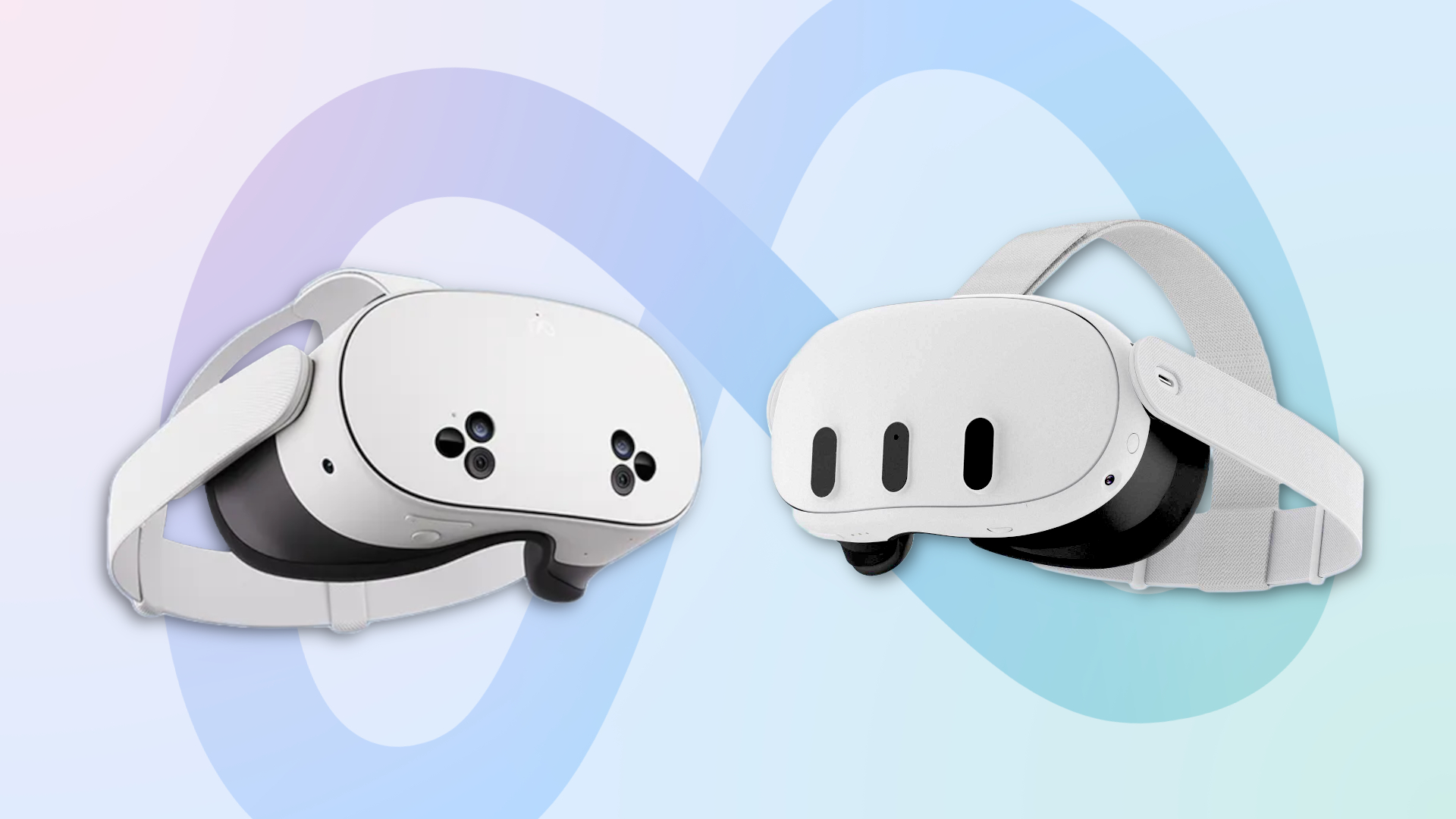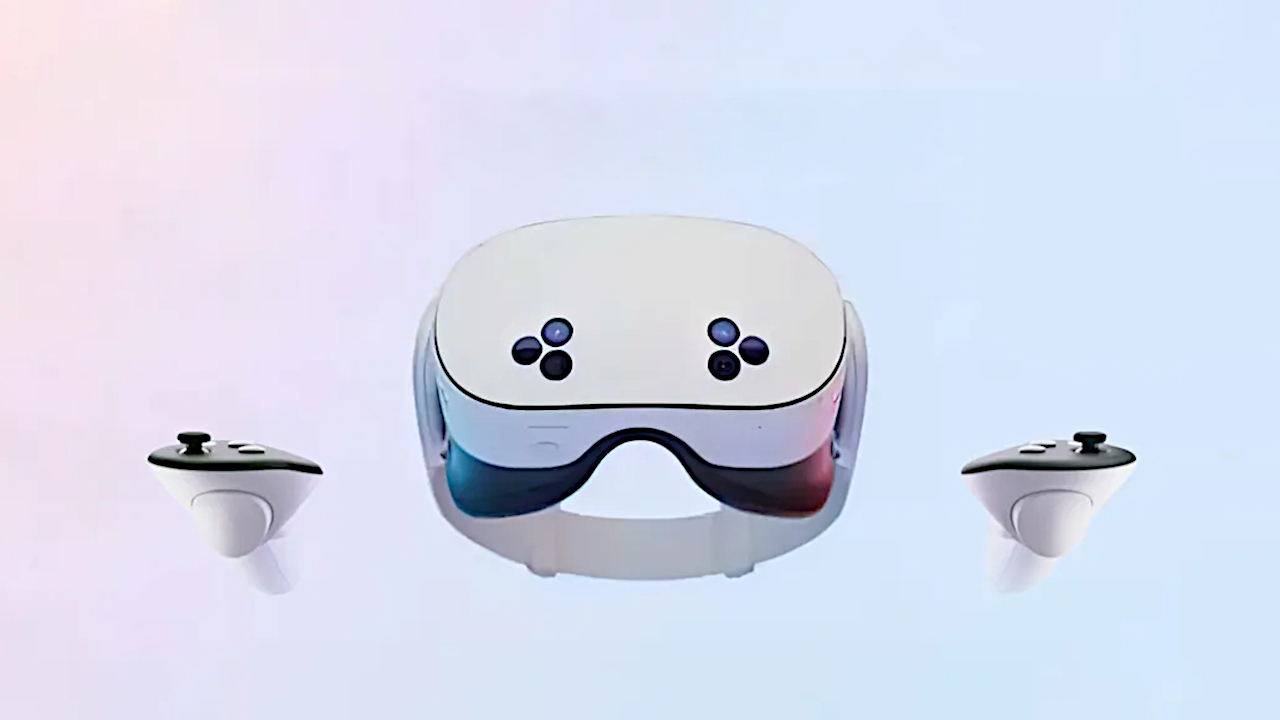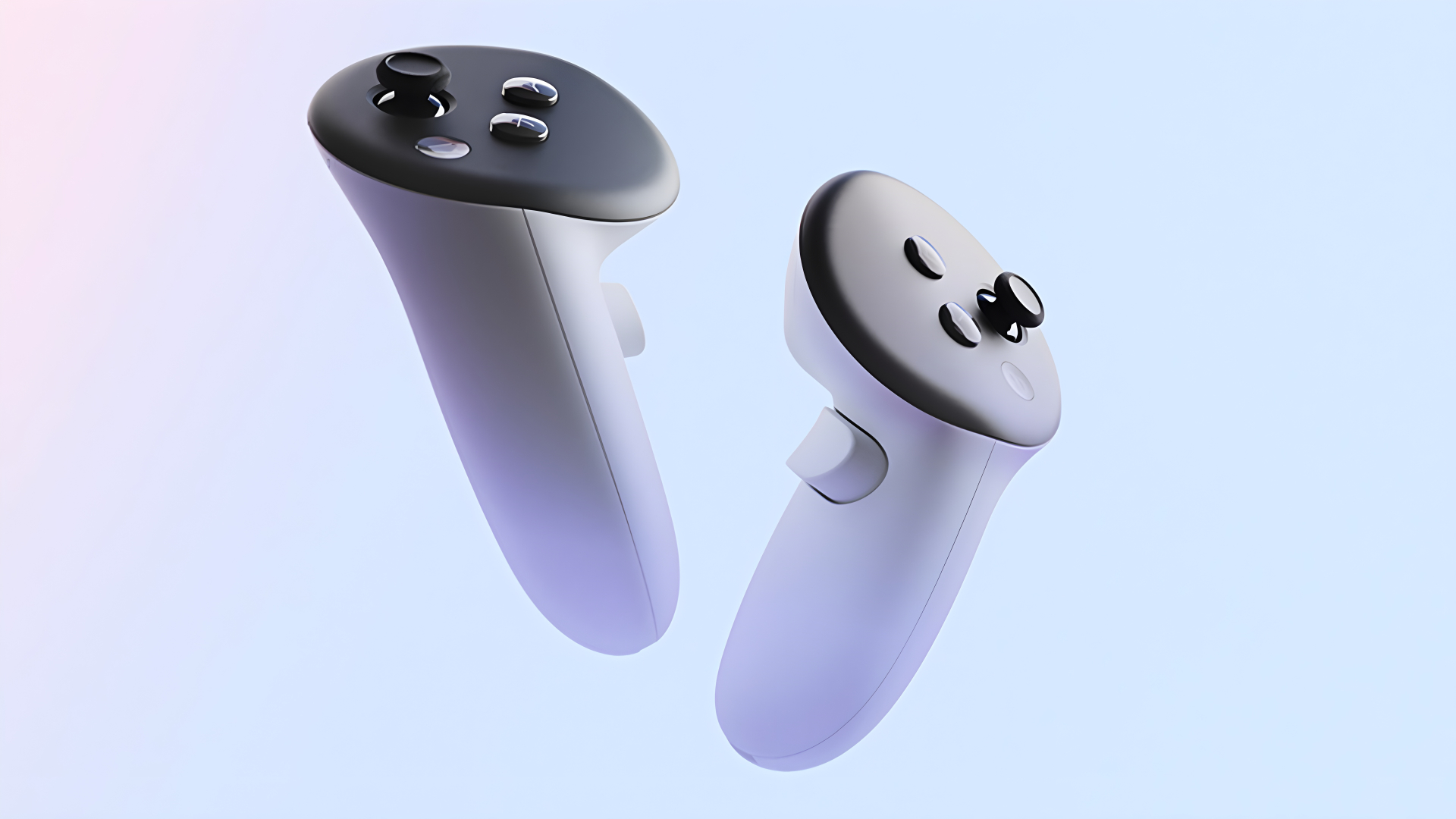
VR headsets might not have fully emerged into the mainstream, but building momentum surrounding spatial computing and Meta’s continued efforts to bring the hardware into the hands of millions for less is certainly pushing things in the right direction.
Meta Connect 2024 introduced us to Meta’s latest mixed-reality headset, the Meta Quest 3S. Similarly to mid-cycle releases such as the Nintendo Switch Lite, the Quest 3S offers the same performance as the Quest 3, with a few caveats in visual specs and optics to accommodate an even friendlier price tag.
Which begs the question: The Meta Quest 3 or Meta Quest 3S? Which of these mixed-reality headsets is right for you? Let’s find out.
Meta Quest 3 vs. Meta Quest 3S: Specs
Meta Quest 3 vs. Meta Quest 3S: Price and availability
The Meta Quest 3 launched with a $499 price tag for the 128GB model and $649 for the 512GB configuration. The Quest 3S, however, debuts at $299.
Thankfully, that lower price point won’t result in a similar split hardware base as we’ve witnessed with mid-cycle releases for consoles like the Xbox One X or the upcoming Sony PS5 Pro.
Whether you buy a Meta Quest 3 or Meta Quest 3S, you’ll have access to the same vast library of games and apps, the same mixed-reality functions of Horizon OS, and parity in performance, visual fidelity, and overall experience.
Meta has claimed that a large portion of the Quest lineup’s total 20+ million sales are thanks to the Quest 2, which launched with a 64GB model for just $299 in October 2020. And that's the exact same price point the company is targeting once again, granting the Quest 3S a tried-and-tested $299 price tag, similar to the cost of its Ray-Ban Meta smart glasses.
This is a popular price point for smart glasses and VR headsets, with both Meta's smart glasses and the Quest 2 both selling incredibly well. It's good news for mixed reality as a whole, and could spur Meta's third-generation of Quest headsets to new heights.
As for availability, the Quest 3S will drop on October 15.
Meta Quest 3 vs. Meta Quest 3S: Design

The Meta Quest 3 dramatically improves on the design of the Oculus/Meta Quest 2 that came before it. Not only is the body 40% slimmer, but it adopts a more curved design that in my experience prevents the ‘weight wobble’ of the wider ‘fenders’ of the Quest 2 when moving your head.
While the Quest 2 features a spacer insert, the Quest 3 includes a four-step spacer mechanism to create more space between its lenses and the face of the wearer. This is great if you wear glasses. Ironically, it’s not so great if you wear Ray-Ban Meta smart glasses, whose Wayfarer-style frames do not fit within the Quest 2 or Quest 3’s viewing ports.
Similarly, the Quest 2’s manual three-point lens spacing mechanism has been replaced on the Quest 3 by a freely adjustable solution, controllable by the new IPD (Interpupillary distance) wheel found at the bottom of the headset (which ranges from 53mm to 75mm).
Also notably changing from second to third-generation Quest headsets are each temple’s built-in speakers. The Quest 2 has one speaker per temple, whereas the Quest 3 has two — each positioned to deliver immersive 3D audio at 40% louder volume.
Finally, the Quest 3’s facial interface, a very fancy way of referring to the headset’s cushioning, is made out of a fabric weave, ditching the irritating, coarse foam that came with the Quest 2.
Many of the other changes between generations come down to button layout, a repositioning of the USB-C charging/data port and 3.5mm audio jack, a minor tweak to the head strap, and a magnetic pogo pin connector array for use with a charging dock/cradle.
That’s a lot of talking about the Meta Quest 3 compared to the Quest 2, but what about the Quest 3S?
The Quest 3S chassis is incredibly similar to its sibling — though noticeably bulkier. This includes the upgraded temple speakers, head strap refinement, and fabric-woven "facial interface."
The IPD wheel, pogo pin connectors, and 3.5mm audio jack are all absent, leaving only the power button and volume rocker as available inputs with the former now joining the rocker at the bottom of the headset.
Will these changes make a world of difference when it comes to the overall experience? Potentially. The lack of IPD and viewport spacing will be a considerable loss for fine-tuning the visual clarity and comfort of the device. However, from my past experiences with the Quest 2, the vast majority of users will be fine returning to the three-point lens adjustment system.
Still, these were excellent additions to the Quest 3, and the Quest 3S’ overall experience may feel somewhat less refined.
Meta Quest 3 vs. Meta Quest 3S: Display and optics

This is the section of the face-off where the Quest 3S’ differences will become much more apparent.
The Quest 3S uses fresnel lenses. Meta made the leap to pancake lenses for the Quest 3, a style of lens that is far thinner and more lightweight than a fresnel lens with its housing, no doubt greatly impacting the company’s ability to make its headset slimmer.
Pancake lenses typically provide a much better image, one that is clearer, sharper, and has fewer visual artifacts. But how pancake lenses work causes a very high (up to 90%) drop-off in light, meaning they require much brighter panels to work with.
On the other hand, fresnel lenses will typically lose only 20% of the light that passes through them, meaning they don’t require more powerful, brighter displays to fully function. That said, fresnel lenses are also more prone to artifacts such as “god rays” and the loss of clarity around the edge of the frame.
While both the Quest 3 and 3S both make use of 120Hz LCDs (with the Quest 3S using a single panel across both lenses, while the Quest 3 has a dual-display configuration) the differences between the two further as the Meta Quest 3 has a per-eye resolution of 2064 x 2208 with a 25.5 pixel per degree (PPD) measurement and a 105-degree field of view (FoV) compared to the Quest 3S’ 1832 x 1920 resolution at 20 PPD with a more narrow 89-96-degree FoV.
Jargon aside, this positions the Quest 3 as the superior headset of the two in terms of visual output. It’s able to produce sharper, clearer images that show a wider virtual space, resulting in a more immersive overall image.
Meta Quest 3 vs. Meta Quest 3S: Controllers and tracking

The Quest 3 repositioned many of the Quest 2’s sensors onto the front of the headset, separated into three columns. The outer columns each contain two cameras, one acting as a 6DoF (Six Degrees of Freedom) IR tracking sensor, and one 4MP (18 PPD) RGB lens for full-color video passthrough.
The middle column houses a depth sensor (in the form of an IR line projector) to aid with mixed reality positioning and dynamic occlusion (allowing virtual objects to appear ‘behind’ real world objects), and the sides of the headset host individual “Canyon” 6DoF IR tracking cameras that also aid with hand and inside-out body tracking.
The Quest 3S layout appears quite different at first glance. But that’s mostly due to the shift from three island-like blocks being replaced for a trypophobia-inducing dual floating lens array. The two 6DoF IR tracking sensors and 4MP (18PPD) RGB lenses remain in the same position, as do the “Canyon” IR tracking sensors on the flanks of the headset.
However, differing from the layout of the Quest 3, the Quest 3S features two depth sensors, positioned at the outer edges of each of the other pair of lenses. These IR illuminators offer a stereo approach to depth estimation that could lead to more accurate results than the base Quest 3 headset’s monocular capabilities — potentially improving on the Quest 3S’ mapping, hand tracking, and dynamic occlusion accuracy.
The Quest 3 also introduced a new controller for the platform, the Quest Touch Plus. The Touch Plus controllers ditch the halo tracking ring for a sleeker design, shifting the IR tracking lights to the rim of the peripheral’s faceplate. The Quest 3S will continue the use of Meta's Touch Plus controllers.
Meta Quest 3 vs. Meta Quest 3S: Performance and battery life

Both the Quest 3 and Quest 3S feature identical Qualcomm Snapdragon XR2 Gen 2 chipsets backed up by an Adreno 740 GPU and 8GB of RAM. On paper, both headsets should be able to perform almost identically.
Interestingly, due to the Quest 3S’ lower resolution, it may have the performance advantage thanks to the potential for smoother frame rates, even if that comes at the cost of a narrower FoV and less overall visual fidelity.
Beyond this, both headsets will offer the same overall experience, with the cheaper headset not facing any sort of limitations in terms of compatible apps and games or AR passthrough capabilities.
In terms of battery life, the Quest 3 houses a 4879 mAh, 18,8 watt-hour (Wh) Li-ion cell, whereas the Quest 3S contains a similar battery with a 4324 mAh, 16.74Wh capacity.
Given the differences in optics, with the Quest 3 requiring two brighter panels to offset its pancake lenses, battery life could swing in favor of Meta’s newer headset. However, the difference in total capacity may balance things out to a more even keel — where each headset will likely be able to run for between 2-3 hours per charge.
Bottom line
One of the most fascinating aspects of the Quest 3S is how Meta intends to maintain its performance alongside the more expensive model. While the differences in lenses will play a factor in the overall visual outcome, performance-wise, consumers won’t be punished for picking the more affordable headset of the two.
It’s an incredibly gutsy move for Meta to ship the Quest 3S at the same $299 price of the Meta Quest 2, but it could prove to be an excellent long-term investment in getting users to upgrade from its popular VR-only headset, or to tempt the wider market into buying an AR/VR headset for the first time.
Meta’s Quest 3S pricing will likely sway many into paying it more attention.
Meta can be thankful that the closest competition to the Meta Quest 3 doesn’t come from Pico, Pimax, or VIVE, but by way of its latest Quest 3S mixed reality headset.







